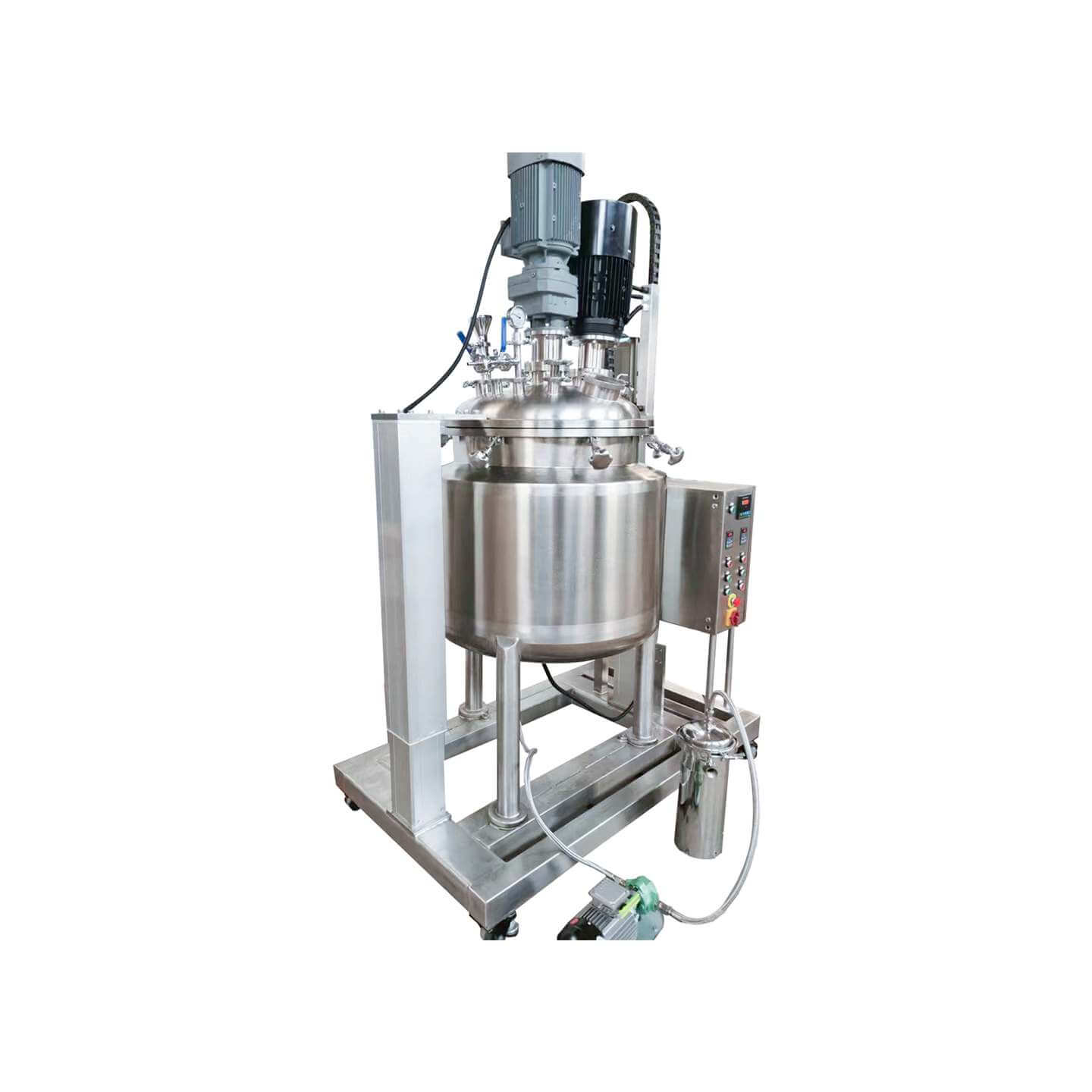

Laboratory Reactor
Laboratory reactor: used in the chemical industry, pesticide, paint, and other fields
Material
glass, stainless steel (316, 304), carbon steel, others
Capacity (L)
10-10000+
Mixing system
anchor, paddle, frame and others
Heating system
electric heating, oil heating and others
The laboratory reactor is small in size, beautiful in appearance, light, and fast in installation. It is composed of a pot body, pot cover, stirrer, jacket, support and transmission device, shaft sealing device, etc. The type of stirring device, rotation speed, sealing structure, heating method, etc. are produced.
Request a quoteThe laboratory reactor is a closed container that can decompose insoluble substances. It is often used for small-dose synthesis reactions or sample pretreatment. More importantly, laboratory reactors can create a special environment of high temperature, high pressure, and resistance to strong acids and alkalis for experimenters to use. With the advancement of science and technology, laboratory reactors are used in many industries. It is an excellent experimental equipment for carrying out small-dose high temperature, high pressure, hydrogenation, etc.

Laboratory reactor structure and composition
The sealing of the laboratory reactor kettle body and the kettle lid adopts a triangular line seal, which has the advantage of long service life. The main fastening seal adopts two open snap rings, which are freely attached to the shoulders of the laboratory reactor kettle body and the kettle lid. The eight main tightening bolts are tightened with a balanced torque so that the laboratory reactor kettle can achieve a tight seal. When disassembling, loosen the eight main bolts and open the snap ring to lift the kettle cover, which is labor-saving and convenient.
Maintenance of laboratory reactor
Always pay attention to the working condition of the entire equipment and reducer. If the reducer lubricating oil is insufficient, it should be replenished immediately. The electric heating medium oil should be replaced every six months, and the pressure gauge, thermometer, distillation hole, electric heating rod, electrical instruments, etc. on the jacket and pot cover should be checked regularly. When the laboratory reactor kettle is not in use, be sure to clean the inner and outer walls of the container with warm water, and scrub the kettle body frequently to keep the exterior clean and the inner tank bright to ensure durability.
Inspection of external coils of laboratory reactors
1.The outer coil of the laboratory reactor needs to be cleaned regularly to ensure that it is overall clean.
2.The outer coil of the laboratory reactor generally needs to be disassembled and inspected after half a year of operation. When disassembling, try to avoid impurities such as iron and magnetic materials remaining between the gaps of the outer magnetic steel. You also need to pay attention to the electromagnetic interaction of the outer coil, which will affect the stirring efficiency of the laboratory reactor. The bearings and parts of the outer coil of the laboratory reactor need to be installed, inspected, and lubricated. During installation, the bolts of the outer coil of the laboratory reactor should be tightened evenly and symmetrically to prevent lax sealing from affecting the sealing effect of the outer coil. If cracks occur in the outer coil of the laboratory reactor, they need to be replaced in time. of.
Selection of timing for discharging materials into the laboratory reactor
When using a laboratory reactor for experiments, you can decide to put the materials first and then react according to the specific situation, or to heat up first and then put the materials. The temperature is raised first and then the materials or samples are put in. The heating rate of the laboratory reactor changes continuously when the materials react, but the temperature of the laboratory reactor can only reach the set temperature without thermal shock. If the materials or samples are placed first, and then the temperature rise process of the laboratory reactor is relatively more uniform, the heating rate of the entire heating process will be much more uniform, but the thermal shock is prone to occur after reaching the set temperature. The temperature rise process has a great impact on the physical state changes of the materials in the laboratory reactor, as well as the homogenization reaction and mass transfer.
Currently, laboratory reactors are widely used in the chemical, pharmaceutical, and food industries. In the field of chemical industry, laboratory reactors are often used in processes such as organic synthesis, polymerization reactions, and catalytic reactions. It has excellent corrosion resistance and can resist the erosion of various acidic and alkaline media. Secondly, it also has the ability to withstand high pressure and high temperature and can carry out safe and reliable chemical reactions under abnormal conditions.




